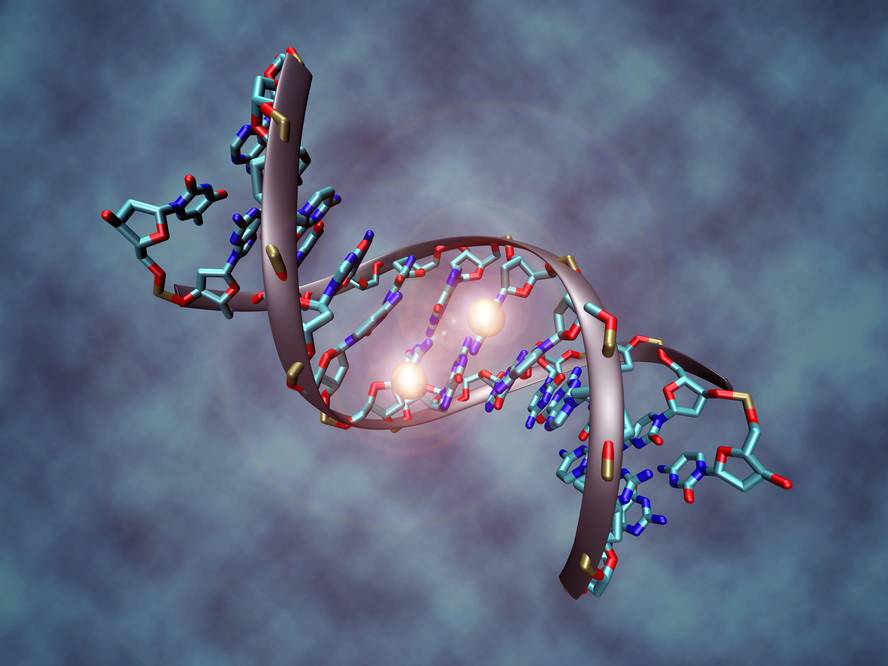The GnomAD project will help interpret patient genomes
It is increasingly common to sequence the genomes of patients, but then it is difficult to interpret the data and know the damage that the mutations that appear can cause. However, from now on, experts will have an important resource, since several journals of the Nature group have published the results of the gnomAD project. It is the largest public catalogue of human genetic varieties: It collects data from 140,000 people.
The main objective of the catalogue is to predict the physiological effect of any mutation that appears in our genome. It can be, among other things, a reference database for rare disease research. However, they have gone beyond rare diseases: comparing the genomes of the database with mathematical models of human mutation rates, researchers have calculated to what extent each gene can cause serious diseases if it suffers mutations. For example, they have identified which genes are most likely to produce serious diseases such as intellectual disability.
On the other hand, mutations have been described that cause a total loss of gene function. To their surprise they have seen that many structural variants do not cause the expected damage. And they have seen that some genes are especially sensitive to duplication, that is, having the duplicate gene is as harmful as the lack of gene.
In addition to creating a public diagnostic tool, the database can help drug development. Because sometimes, if a gene does not cause damage when it is inactive, but when the mutation appears. In these cases, gene inhibition with a drug can be a good solution. They highlight the possibility of breaking this new path.
However, they stressed that the key to predicting the impact of a mutation is the cellular context in which these variations occur, that is, in what percentage, they have seen great differences.
Beyond the Exome
More than 100 researchers have participated in the gnomAD project, led by MIT and the Harvard and Massachusetts General Hospital research centers. It is the result of eight years of work. The authors highlight the size and diversity of the database, with data of 25,000 people of Asian origin, 18,000 of Latin origin and 12,000 of African or African American origin.
The GnomAD project had an earlier version, the ExAC project, which only collected data from the exomas. However, the GnomAD project has tried to collect not only points that encode genes, but also sequences of non-coding zones. In fact, exomas or encoding spaces account for only 1.5% of our genome.
The authors have recognized that we are still far from identifying all genetic variants that imply a loss of function in humans. However, they consider that it will improve the evaluation of genetically based diseases. From now on, in addition to expanding the database, the aim is to link genetic data with clinical information.






